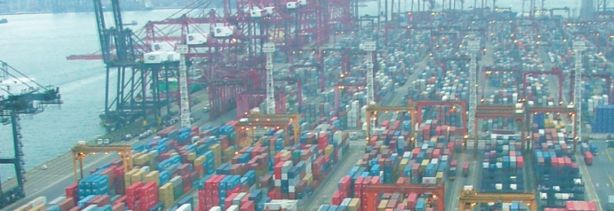The quality of the internal organization is becoming progressively crucial to the existence and eventual success of an enterprise. At the same time, the organization must have the potential to own or develop capacities, knowledge and dynamic competencies to become a distinctively outstanding organization and to be able to maintain a sustainable competitive advantage. Modern organizations need sophisticated leadership and entrepreneurship to steer the organization and to maintain its course. A balanced and well-designed flexible governance, also called an operating model, is essential for such organizations. A governance model is a compass that not only supports the steering but also enhances decision-making that is required for proper steering. This article portrays various possible forms for a Target Operating Model for an IT organization in an outsourcing situation, as seen from the demand-supply management perspective. A variety of designs are elaborated, based on different fundamental starting points.
Introduction
Organizations today operate in interesting, fast paced, but also uncertain times. A few examples are globalization, shifts within and between markets, horizontal and vertical integration of operations in value chains, declining customer loyalty and the changing nature of competition. There are countless variables in the continuously changing and shifting playing field. Organizations are constantly working on increasing internal efficiency, improving external effectiveness and lowering costs. The concept of sourcing plays an important role in the optimization, rationalization and innovation of value chains within and between organizations. In this context, we examine services, processes and business functions and focus on how to achieve sustainable competitive advantages. In addition, we examine whether there is added-value in taking a different perspective concerning quality, time, and costs, or, to reorganize or outsource part(s) of the value chain. Examples are concentration-deconcentration, centralization-decentralization, and insourcing-outsourcing. The risks with outsourcing are diverse, but usually are related to overspending or even unpredictability of costs, service degradation and loss of critical knowledge and expertise. Governance plays an important role in the repositioning or rearranging of activities within the value chain.
Outsourcing requires changes in governance
In recent decades, organizations have undergone changes from both a social and an organizational structure perspective. In some cases, this has been accompanied by a transformation where the organization has undergone a true metamorphosis both internally and externally. Such internal changes or transformations to organizations require adjustments in governance. However, such adjustments do not always occur. If governance, operations, organizational structure and objectives are not aligned then this leads to suboptimal results, even in the most favorable situation. Companies that outsource IT have exactly the same problem ([Beul10]).
The annual vendor performance study carried out by KPMG EquaTerra showed that 63 percent of the outsourcing IT organizations in the Netherlands characterized the quality of management as weak or average ([KPMG11]).
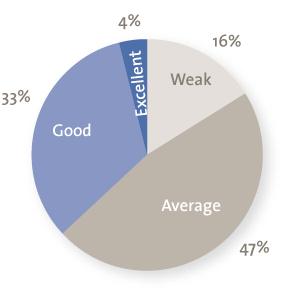
Figure 1. The quality of governance for IT organizations in the Netherlands in 2011.
One aspect of the Pulse study in 2010 by KPMG EquaTerra ([KPMG10]) focused on the question of how organizations perform their sourcing transition. This study revealed that the realigning and redesigning of the retained IT organization, needed for an adequate connection between business demand and IT supply, often seems an undervalued element of a sourcing transition.
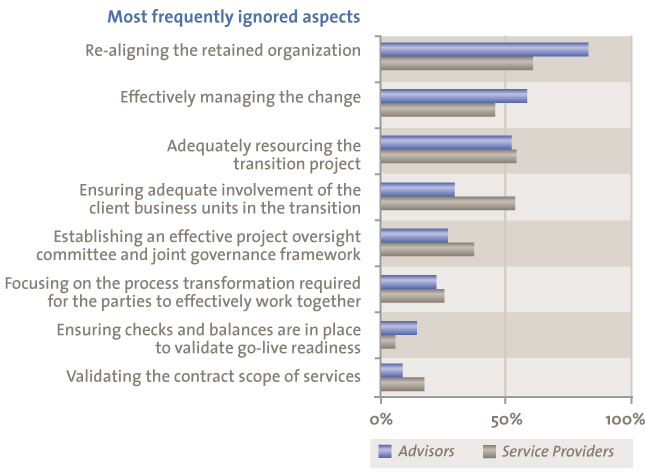
Figure 2. Changing the own (retained) IT organization is not dealt with sufficiently during the transition.
The role of the business itself as well as well-applied demand management and supply management concepts are both crucial. When organizations choose to outsource, the internal management of organizations is often not adequately co-developed and adjusted. The internal governance structures often remain unchanged and traditional, fragmented and not very goal oriented. In an outsourcing situation, this hinders effective cooperation between parties in the demand and supply chain and leads to a partial or complete failure to meet sourcing and company objectives. The question arises as to what a modern governance model should look like, that can be flexibly utilized and is easy to adapt for a certain arbitrary outsourcing situation.
The role of a Target Operating Model
In the case of a reorganization, a design is (usually) drawn up for the future organization model. Previously, the development of a organogram was deemed adequate. Today, companies are analyzed, developed and optimized from an added-value perspective. Accordingly, rationalizing from the perspective of the value chain(s) upon which the organization is built, added-value activities are to be bundled into logical units. Elaboration of added-value units makes it possible to outline a Target Operating Model, creating a clear picture of how a company or organization wants to serve its markets, what services will be offered and how to make use of the available subcontractors market. The Target Operating Model serves as the foundation on which further detailed designs can be elaborated for processes, workflow, organizational structure, roles, responsibilities and so on (see also Figure 3).
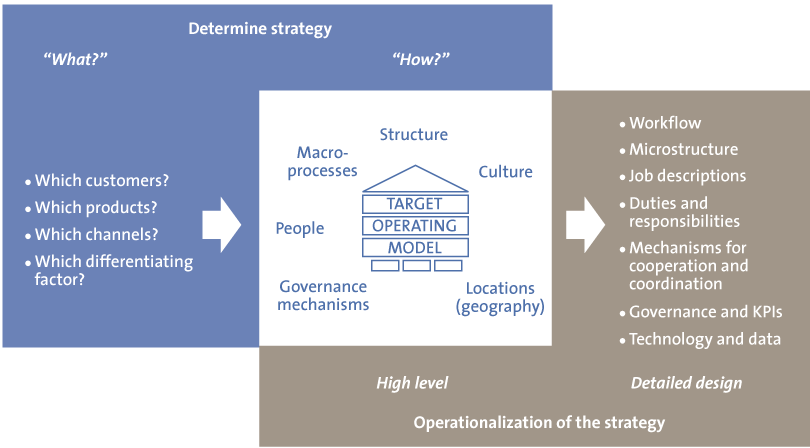
Figure 3. Using the TOM to go from strategy to detail design.
A Target Operating Model will thus show the most distinctive strategic design choices that an organization makes to achieve its objectives. It shows the relationships between components in the value chain and the organizational units and business functions and corresponding governance structures. A Target Operating Model allows senior management to explain what the organization looks like and how it should function. The nature of a Target Operating Model also makes it a powerful communication tool for reorganizations.
Outsourcing as a necessity for a new TOM for IT
In recent decades, it has become clear that the use of economies of scale and a focus on core competencies can lead to large cost savings and that external service providers play an important supporting role. Providers work on a larger scale and allow the customer to focus on other important issues. However, the success or failure of outsourcing is largely determined by a close cooperation between customer and supplier. Many external IT outsourcing suppliers are large multinational companies that must have clearly formulated requirements about new or upgraded IT facilities to be optimally effective. This allows the management of such supplier organizations to be successful and become an added-value activity. Also, creating well-organized connections between business demand and IT supply is deemed a value-adding activity and hence deserves to be placed in the Target Operating Model (see Figure 4).
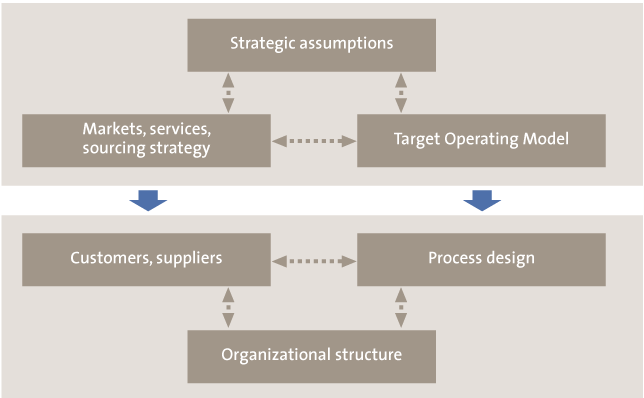
Figure 4. Sourcing strategy as a factor influencing the Target Operating Model of the IT value chain.
Designing a Target Operating Model
When constructing a Target Operating Model for an IT organization within a full outsourcing context, two main building blocks are important:
- the first building block, demand management, is focused on the formulation of needs (the what). Demand management is customer-facing, ensures that the demand is well-defined and that the supply conforms with the demand. The value strategy is Customer Intimacy.
- the second building block, supply management, is focused on attaining the right services for these requirements (the how). Supply management is supplier-facing (internal/external) and ensures that the required services are provided. The value strategy is Operational Excellence.
The third building block, delivery, is focused on the actual delivery of the service(s). This building block may be internal (within the organization) or external (a supplier). The delivery building block deals with the development of IT solutions (project oriented) and the management of the solutions (management oriented). Management includes IT infrastructure, application management and database management. Figure 5 illustrates this structure.
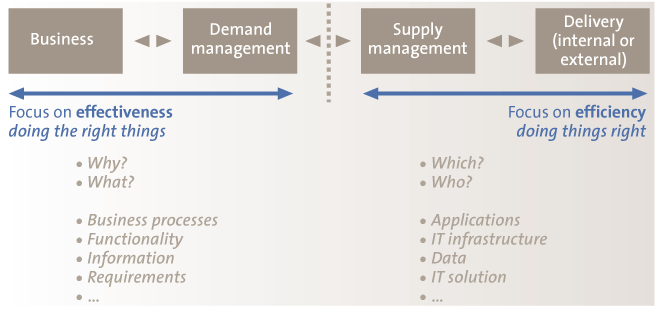
Figure 5. The building blocks of a Target Operating Model for IT.
As a result of distinguishing between
- business,
- demand management
- supply management, and
- internal and/or external delivery
a clear demarcation of responsibilities becomes visible, in such a way that everyone knows which part they should play in the demand-supply value chain.
Playing with building blocks
“Playing” with the various building blocks reveals the first outline of the desired value chain for the IT services for an organization and thus with the Target Operating Model. The choices made here are mainly concerned with:
- products and services delivered by the organization
- the complexity and specificity of the application landscape
- the chosen sourcing strategy
The above building blocks can be used to derive strategic design possibilities for a future Operating Model. In our experience, the following options are possible:
- demand management per business domain and/or generic use
- supply management aligned to service/technology domain and/or generic use
- internal delivery combined with supply management
- combine demand management and supply management
- strategic management processes per business domain and/or generic use (enterprise level)
Each option is briefly described below.
1. Demand management per business domain and/or generic use
Demand management focuses on the customer. Organizations that have very dissimilar business units, each with their own strategy, will benefit from demand management that directly supports each business domain. Organizations that are focused on global and straightforward processes and products will benefit from a central/generic demand management organization. See Figure 6.
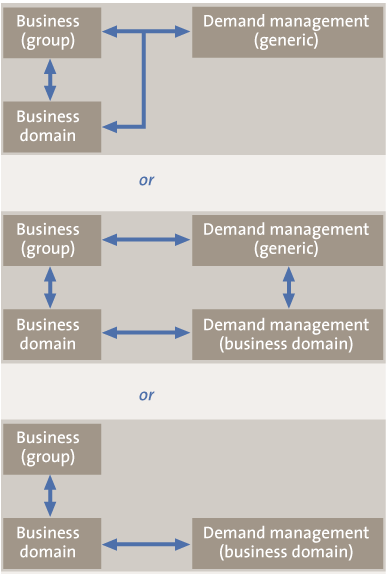
Figure 6. Generic demand management (enterprise wide) and/or by business domain.
2. Supply management aligned to service/technology domain and/or generic use
Supply management can govern many dissimilar services. The nature of these services can be so different that we need to make a distinction between the possible types of supply management. In practice, it is categorized into the following three IT service delivery domains: 1) development, 2) application, and 3) infrastructure management. See Figure 7.
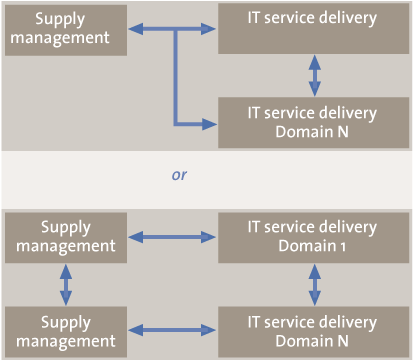
Figure 7. Supply management per service or several services together.
3. Internal delivery combined with supply management
When the provision of IT services is outsourced, it becomes necessary to identify the components of supply management. For internal delivery, it is somewhat less clear-cut. It is quite possible to combine the responsibilities for supply management and IT delivery. See Figure 8.

Figure 8. Internal or separate delivery with supply management.
4. Combine demand management and supply management
For specific business domains and application services, it can in some cases be advantageous to combine demand and supply management. For example, it is convenient in business domains that use their own specific application suite. See Figure 9.
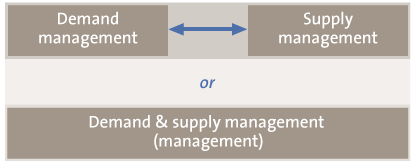
Figure 9. Demand and supply management separate or together.
5. Strategic management processes per business domain and/or generic use (enterprise level)
Fulfilling this option is the result of identifying three levels of management which can lead to further refining of the Target Operating Model for IT organizations:
- The strategic processes determine the path of the enterprise in the middle and long term and also define the scope. It is necessary to consider strategy and policy, compliance, portfolio management, architecture and annual budgeting processes.
- The tactical processes concern the acquiring and maintaining and allocating of assets (money, people, means of production and support services) so that business objectives can be met. This may include project portfolio management, financial management, contract management and so on.
- The operational processes actually make use of the business assets for realizing the services, where one part can be performed by the organization itself and the other part can be performed by the supplier.
Strategy and policy, compliance, portfolio management, architecture and the annual budgeting cycle can be set up for each business domain or for the whole company (and sometimes at both levels). This choice is largely determined by the prevailing business governance. See Figure 10.
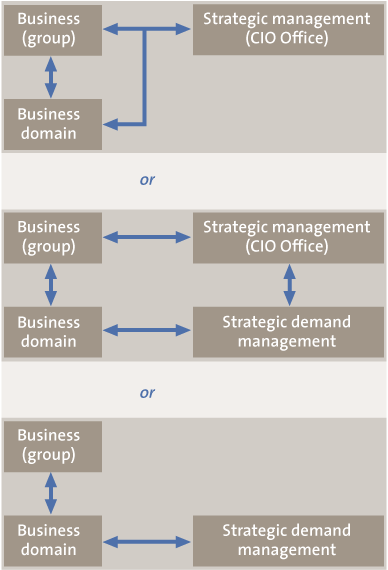
Figure 10. The different types of strategic management layers.
Case study
In Figure 11 we show an example of the Target Operating Model for an IT organization, that has a number of different delivery units that deliver IT services that are business unit specific.
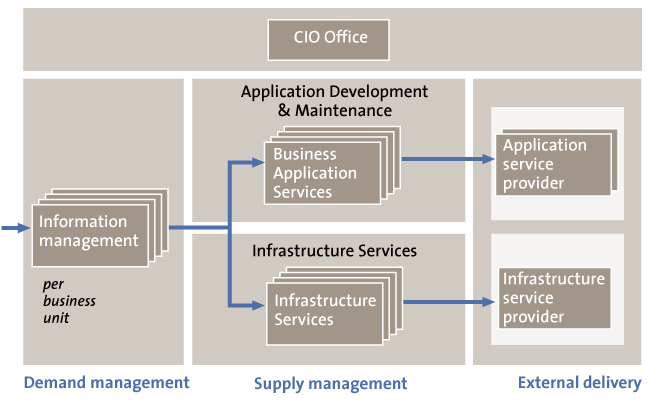
Figure 11. Demand and supply management units located in the IT value chain.
- The demand management (business information management) is organized within each business unit.
- The supply management is mainly grouped into realizing business applications on the one hand and providing infrastructure on the other.
- The business application teams are application oriented and identifiably aligned with the business: each group focuses on an application landscape that either supports an enterprise domain or a business domain.
- The business application teams focus especially on supply management (management, specifications and testing) and manage application suppliers.
- There are three infrastructure service teams: the own service desk, supply management for hosting and networking, and supply management for workplaces and telephony. The actual management of this infrastructure is outsourced.
Lessons learned from designing a TOM for IT
Design the management organization timely
During the outsourcing process, it is often the case that insufficient attention is given to managing IT demand and it is then often reflected in the design of the demand & supply management model: the design of the demand-supply management organization turns out to be insufficient. This leads to the business case and keenly negotiated contract being undermined by ill-defined management of demand and ill-defined specification of IT services that the supplier should deliver. This leads not only to frustration for the customer, but also for the supplier. In addition, the combination of an unbalanced governance model with an immature demand-supply management organization makes the outsourcing an extremely risky proposition from a business perspective. As a result, the business benefits calculated in the original business case will not materialize and this will cause irritations and escalations that will jeopardize the collaborative relationship.
Allow for the optimal sizing of demand-supply management organization
There is an optimum size for demand and supply management activities. An organization that is too small often leads to ill-defined specification of services and this may lead to uncontrollable throughput. This is characterized by a large number of small contracts and unmanageable hourly rates. A demand-supply management organization that is too large leads to overly divided responsibilities and thus to superfluous internal discussions, that impede momentum and sink productivity. This means that problems in governance and management cannot be solved by simply hiring additional people. Benchmark based research shows that governance and management of demand and supply after outsourcing of processes and/or services is extremely dependent on the type of work that is outsourced. For example, for outsourcing in the IT domain, this lies between 12 and 24 percent of the total IT expenditure (contract value plus management costs).
Conclusion
A well-designed Target Operating Model is essential for successful outsourcing
Organizations that rely heavily on IT with respect to their service or product cannot be effective when the IT value chain is not set up effectively. This is especially true with respect to governing demand and supply in IT outsourcing situations. When internal governance is not in order, it endangers the creation of added-value, the achievement of the outsourcing objectives and the service performance itself. If the value chain and Target Operating Model are not clear, it is senseless to have discussions with suppliers about the effectiveness of the collaboration. Thus, it is extremely important to have an effective Target Operating Model for IT. This TOM must include a clear new results-oriented governance structure with corresponding processes, responsibilities, roles, jobs, competencies and an appropriate organizational sizing. The precise design of the TOM is determined, among other things, by the business strategy and the sourcing strategy. A good TOM ensures that the demand is driven by the business in consultation with the suppliers and safeguards the collaboration at all levels in the IT value chain. A successful outsourcing engagement ensures that designing the demand-supply management structure is already taking place when starting the outsourcing selection process. So when outsourcing must be managed (more) effectively, it is an important precondition that sufficient attention is given to applying demand-supply concepts.
Literatuur
[Beul10] Erik Beulen, et al., Managing IT outsourcing, Routledge, 2010.
[KPMG10] KPMG EquaTerra Pulse Q3-2010.
[KPMG11] Dutch Strategic Outsourcing Study 2011, KPMG EquaTerra, 2011.
[Wije10] Gerard Wijers, Oscar Halfhide and Erik Cazemier, De regieorganisatie op maat (bespoke management), Outsource Magazine, June 2010.
